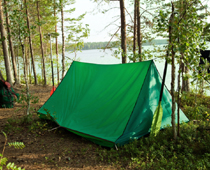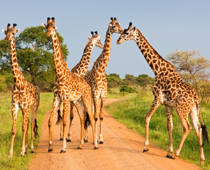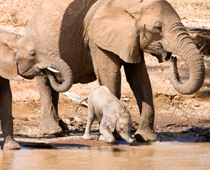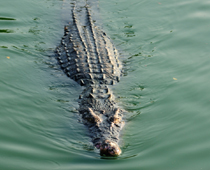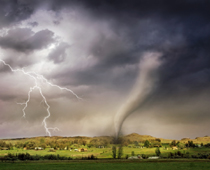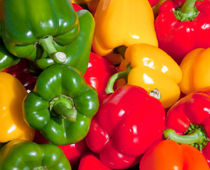
Alliteration
This quiz helps children identify a key feature in poems. The National Curriculum requires KS1 children to learn poems and by Year 2 they should be able to recognise recurring literary language. Identifying the pattern in alliteration will aid their analysis skills and improve their all-round knowledge of literacy and the English language.
In poetry and some stories, patterns are created. Some writers like to use a technique called alliteration. Alliteration is when the first letter of two or more words start with the same sound. An example would be, ‘silly snake’. Both words begin with an ‘s’. Now test your knowledge on alliteration.
Ready for more?
not all...
quizzers. Try to win a coveted spot on our Hall of Fame Page.







